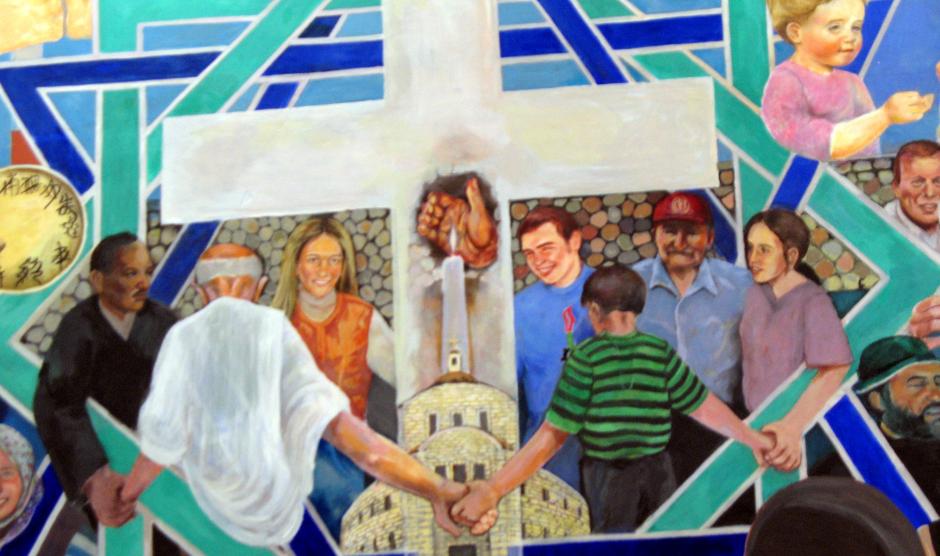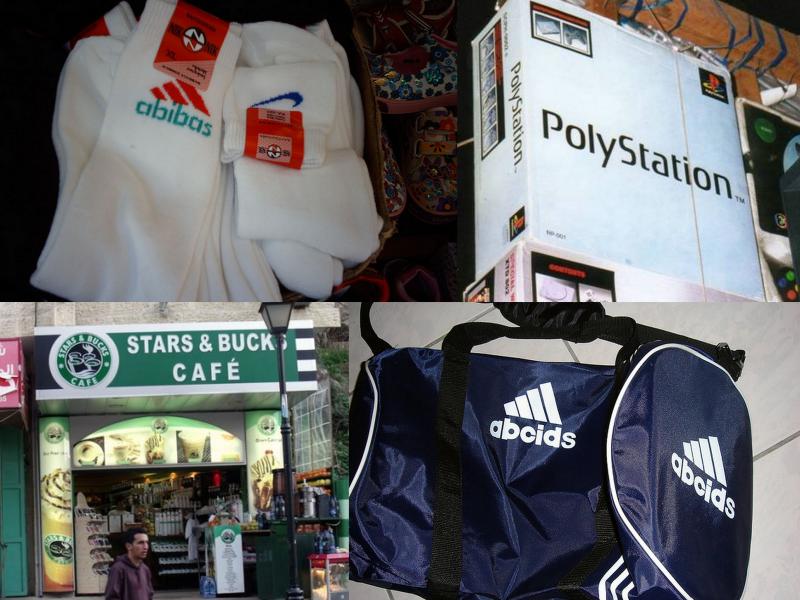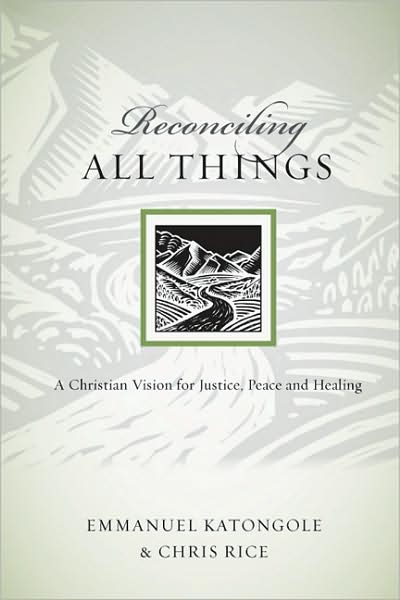
Reconciliation is core to God's mission. By means of Christ's death on the cross, reconciliation of humanity to God and of humanity to one another was accomplished. In Ephesians 2:16 we read:
Together as one body, Christ reconciled both groups to God by means of his death on the cross, and our hostility toward each other was put to death.
As Christ followers, we have the power to expose and destroy the divisions tightly woven into the fabric of the cultures and systems that have infected the communities, campuses and institutions we serve. If I am about wholeheartedly following God in mission, then reconciliation will be a central component.
But can mission be done without reconciliation? We can attempt to remove reconciliation from mission, but it comes at a steep cost.
The Cost of Counterfeit Mission

Counterfeits look convincing at first. But upon closer inspection...
The absence of reconciliation in mission inevitably produces a counterfeit mission of homogeneity, tolerance and isolation.
The counterfeit mission of homogeneity fosters deference to the most dominant culture. Assimilation into “the norm” of the dominant culture creates a simplified uniformity where the rich witness of unity in diversity is absent. The cost of homogeneity is often unevenly distributed, with the less-dominant cultures paying the higher price: the suppression or denial of their cultural identity.
In the counterfeit mission of tolerance, participants navigate the perimeters of different cultures. There may be diversity in gatherings or in web site photos, but a safe distance of disengagement is maintained. Safely within the walls of my own culture I cling onto my own cultural expressions. My unknown and known thoughts and attitudes of “the other” are never challenged. These walls also serve as a convenient cover for racist and racialized thinking. The work of composing a beautiful and complex harmony formed through the diversity of culture is abandoned in favor of merely “tolerating” others different than me.
In my isolation, I’m easily tempted to see my culture as the gold standard cultural pattern deemed the best way for all people. We are never challenged to embrace the beautiful mosaic of cultural expression that God created but are stuck pursuing mission in our own isolated, monochromatic enclaves.
The most prevalent counterfeit mission is the mission of isolation. People only focus on their own perspectives while never being required to embrace the characteristics of a culture that is not their own. The mission of isolation allows us to pursue God's mission only in ways that our culture is most comfortable with.
Similar to the mission of tolerance, in the counterfeit mission of isolation my racist and racialized assessments of cultures that are not my own are never challenged. In my isolation, I’m easily tempted to see my culture as the gold standard cultural pattern deemed the best way for all people. We are never challenged to embrace the beautiful mosaic of cultural expression that God created but are stuck pursuing mission in our own isolated, monochromatic enclaves.
Like any attractive knock-off, these counterfeit missions may offer cost-cutting options in the short term. But counterfeits are usually found out. The substandard material used to construct knock-off inevitably decomposes, exposing holes in the product. The same is true for counterfeit missions.
Examples of Counterfeit Mission
In my experience in vocational ministry, I’ve seen many examples of how these counterfeit missions have been exposed.
Like the missionary team sent to serve alongside indigenous Christian leaders to advance the work of God’s mission in the local community. Along with the Gospel, the missionaries unwittingly bring their cultural perspectives of what it is to be a truly converted follower of Christ.
'The way we do things here' mentality will need to die. And from its death new life will flourish as systems of getting work done are changed to embrace broader spectrum of cultural insights and norms.
In conscious and unconscious ways the missionaries insist that the Christian life be expressed in the manner they are culturally familiar with, a mission of homogeneity. If allowed to prevail their cultural version of Christianity creates a group of indigenous believers who now cannot relate to their community. This tiny isolated religious group exists as an oddity in the community, and the opportunity to identify the places where God is already at work in their culture is missed.
Or like the example of a person of color hired to help an organization move forward as a more diverse group. For this organization, the price of authentic reconciliation in the mission is too high because it means a change in the “way we do things here.” So the person of color and the organization part ways, both sides often with different narratives for “why it wasn’t a good match.”
What began as a well-intentioned mission of reconciliation was actually a mission of tolerance devolving into a mission of isolation.
Re-Integrating Reconciliation into Mission
How do we avoid these counterfeit missions and re-integrate reconciliation into mission?
As it was with Christ, voluntary death is still the price of reconciliation. Death to systems, relationships and even a safe reputation is required in mission once we acknowledge that reconciliation is at the core.
“The way we do things here” mentality will need to die. And from its death new life will flourish as systems of getting work done are changed to embrace broader spectrum of cultural insights and norms.
 Following Christ in the ministry of reconciliation might mean a shift or even an end to longstanding relationship with a friend or benefactor who is not yet ready to accept the cost of reconciliation. These friends might be baffled by your views and question the validity of the changes you seek to make. Your reputation as a Christian may be tainted by those who find your activity for reconciliation more political than biblical. Friends may question what happened to you in quiet corners or in blatant confrontation.
Following Christ in the ministry of reconciliation might mean a shift or even an end to longstanding relationship with a friend or benefactor who is not yet ready to accept the cost of reconciliation. These friends might be baffled by your views and question the validity of the changes you seek to make. Your reputation as a Christian may be tainted by those who find your activity for reconciliation more political than biblical. Friends may question what happened to you in quiet corners or in blatant confrontation.
Reconciliation in mission calls the Christ-follower to the gap between “what is” and “what it should be.” In Reconciling All Things, Emmanuel Katongnole and Chris Rice note, "the story of the ministry of reconciliation always begins in the humility of everyday life." Re-integration of reconciliation into mission means examining all that is broken and wrong in our daily life, in our world and asking God, what is the gap between our world and the Kingdom that is to come?
Ask tough questions to start
To begin to see the gap, start by asking tough questions. You could do this individually or as a community.
- Does the primary source of my day-to-day information come from people who look, sound and think as I do?
- Am I listening to the voices from people who don’t look like me in my chapter, on my campus, in my ministry and in my community?
- What are people from different backgrounds noticing about how our chapter, campus or church functions? Are we more exclusive than inclusive in the way we relate to people from different cultures?
- What steps can I take to develop a relationship with someone from a different ethnicity, race, gender or socioeconomic status than me? And if there aren't any people like that in my immediate vicinity, then what steps can I take to find them?
Answering these questions will be risky. The answers will most likely move us to action. But fortunately for us, Jesus is a risk-taker. He does not ask us to take risks alone. He will guide us and send people and resources our way.
As we pursue the full orb of God's mission and as we reject counterfeit mission, may we never venture forward without his guidance nor abandon his care and the companions He provides.